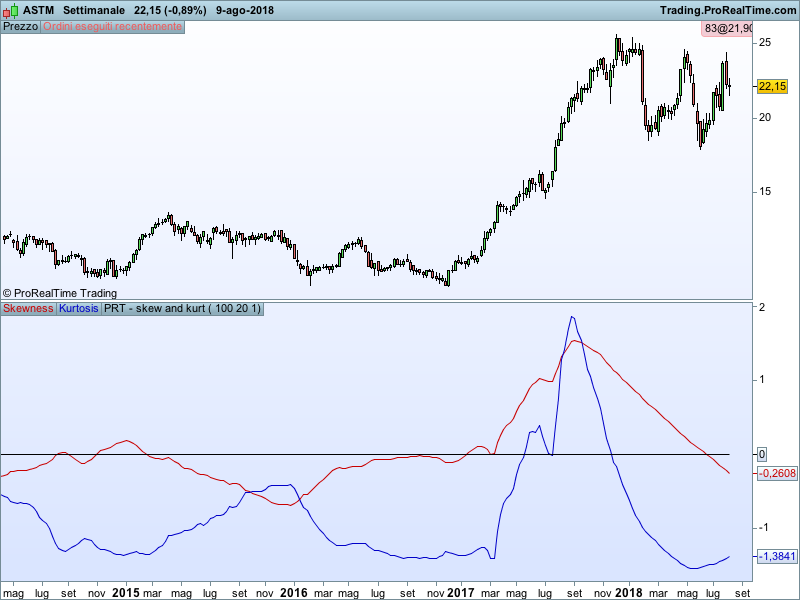
Contents:


By failing to monitor or manage its collection process, a company may fail to receive payments or be inefficiently overseeing its cash management process. The accounts receivable turnover ratio is comprised of net credit sales and accounts receivable. A company can improve its ratio calculation by being more conscious of who it offers credit sales to in addition to deploying internal resources towards the collection of outstanding debts. Dividing 365 by the accounts receivable turnover ratio yields the accounts receivable turnover in days, which gives the average number of days it takes customers to pay their debts.

Using online payment platforms like Square or Paypal allows businesses to remove the need for collections calls and potential losses due to non-payments. While their might be upfront commission costs for these portals, it is important to consider the money and time that will be saved in the long run. Big and small companies alike can benefit from making small friendly gestures like a friendly call or e-mail to check in.
If the accounts receivable turnover is low, then the company’s collection processes likely need adjustments in order to fix delayed payment issues. Ultimately, the time value of money principle states that the longer a company takes to collect on its credit sales, the more money it effectively loses (i.e. the less valuable sales are). Therefore, a declining AR turnover ratio is seen as detrimental to a company’s financial well-being.
Credit sales are sales where customers have been approved to take possession of the merchandise and pay for the purchase monthly. High accounts receivable turnover ratios are generally seen as a positive indicator of financial health. This ratio measures how quickly the company is able to collect on its outstanding customer debts and turn them into profits, which can be a good indication of their credit process efficiency. It is important for companies to track their AR turnover rate over time in order to identify any areas where they need to improve their collection processes or revise their credit policies. The accounts receivable turnover ratio is a financial metric used to measure a company’s effectiveness in collecting its receivables or money owed by customers.

By managing accounts receivable more effectively, you can enhance its performance. This offers a range of benefits, including the ability to put the money you’re owed to use more quickly. If a company have a huge requirement of working capital and liquidity, then they will have higher turnover ratios as a comparison to the companies with low working capital requirements.
Learn how thousands of businesses like yours are using Sage solutions to enhance productivity, save time, and drive revenue growth. Consero’s Finance as a Service is revolutionizing the way companies meet their finance and accounting needs. Explore insights into our innovative model and the successes of companies we’ve partnered with. Scaling fast and deciding whether to buy or to build your payments and billing solution in-house? In this webinar we unpack the financial impact of building and managing your payment and billing solution in-house. Tammy teaches business courses at the post-secondary and secondary level and has a master’s of business administration in finance.
EBITDA Margin: What It Is, Formula, How to Use It.
Posted: Sun, 26 Mar 2017 05:57:38 GMT [source]
Given the https://1investing.in/s turnover ratio of 4.8x, the takeaway is that your company is collecting its receivables approximately five times per year. The receivables turnover ratio, or “accounts receivable turnover”, measures the efficiency at which a company can collect its outstanding receivables from customers. The accounts receivable turnover ratio (also called the “receivable turnover” or “debtors turnover” ratio) is an efficiency ratio used in financial statement analysis. It demonstrates how quickly and effectively a company can convert AR into cash within a certain accounting period. The accounts receivable turnover ratio tells a company how efficiently its collection process is. This is important because it directly correlates to how much cash a company may have on hand in addition to how much cash it may expect to receive in the short-term.
It can also indicate that the company’s customers are of high quality and/or it runs on a cash basis. A company could improve its turnover ratio by making changes to its collection process. Companies need to know their receivables turnover since it is directly tied to how much cash they have available to pay their short-term liabilities.
Return on Assets (ROA): Formula and ‘Good’ ROA Defined.
Posted: Sat, 25 Mar 2017 23:32:52 GMT [source]
To calculate average accounts receivable, simply find the total of beginning and ending accounts receivable for a certain period and divide it by 2. To compute receivable turnover ratio, net credit sales is divided by the average accounts receivable. The Accounts Receivables Turnover ratio estimates the number of times per year a company collects cash payments owed from customers who had paid using credit.
The company had an opening accounts receivable balance of $420,000 and a closing balance of $380,000, giving an average accounts receivable of $400,000. You can then calculate the average accounts receivable by adding the opening accounts receivable balance and closing balance for the period and dividing the figure by two. Before you think about improving accounts receivable performance, you need a clear understanding of its current state. That makes it necessary to adopt key performance indicators or metrics designed specifically to measure accounts receivable performance.
When a company collects its AR multiple times a year, such as once a month, it is in a much better place to utilize its sales revenue effectively. However, it’s important to note that the receivables turnover ratio may be artificially high if the business is overly reliant on cash sales or if it has a restrictive credit policy. This could lead to depressed sales as customers seek firms willing to offer more generous credit terms.
The denominator of the accounts receivable turnover ratio is the average accounts receivable balance. This is usually calculated as the average between a company’s starting accounts receivable balance and ending accounts receivable balance. This would put businesses at risk of not receiving their hard-earned cash in a timely manner for the products or services that they provided, which could obviously lead to bigger financial problems. Accounts receivable turnover is often driven by your customers’ ability to pay invoices on time. Therefore, any effort to improve your turnover ratio must address customer credit risk and define payment terms based on that creditworthiness.
If a company is too conservative in extending credit, it may lose sales to competitors or incur a sharp drop in sales when the economy slows. Businesses must evaluate whether a lower ratio is acceptable to offset tough times. A poor ratio can indicate that you need to adjust your credit policy, make changes to your credit department, or change your existing customer base. Seasonal businesses are characterized by specific times of the year when they are far more profitable than in others.
The net credit sales also subtract the amount of cash-only sales from that equation as well. This leaves the number of net sales that were made on a credit line (which is what you would collect through your accounts receivable department. In some ways the receivables turnover ratio can be viewed as a liquidity ratio as well. Companies are more liquid the faster they can covert their receivables into cash. The ART ratio alone may not be meaningful, as every industry is different and each business has its own terms for customer accounts.
Cloud-based accounting software can automate this task to help you invoice efficiently and minimize errors. Offering multiple payment options that are quick and easy can go a long way in improving receivables turnover. If customers have to “cut a check” or call in to process a credit card payment, you’re putting up barriers that may delay payment. The first part of the formula, Net credit sales, is revenue generated for the year from sales that were done on credit minus any returns from customers.
The AR balance is based on the average number of days in which revenue will be received. Revenue in each period is multiplied by the turnover days and divided by the number of days in the period to arrive at the AR balance. Making sure your company collects the money it is owed is beneficial for both internal and external financial engagements.
To get the second part of the accounting equation , add the value of accounts receivable at the beginning of the year to the value at the end of the year and then divide by two. Gross or total sales is the total sales revenue before any returns or discounts. Net sales are the result of subtracting returns, refunds, or any deductions from total sales. To better illustrate how you can use these formulas to calculate the receivable ratio, let’s use an example of a company named XYZ. The GoCardless content team comprises a group of subject-matter experts in multiple fields from across GoCardless.